
William Joseph Schallert was an American character actor who appeared in dozens of television shows and films over a career spanning more than 60 years. He is known for his roles on Richard Diamond, Private Detective (1957–1959), Death Valley Days (1955–1962), and The Patty Duke Show (1963–1966).
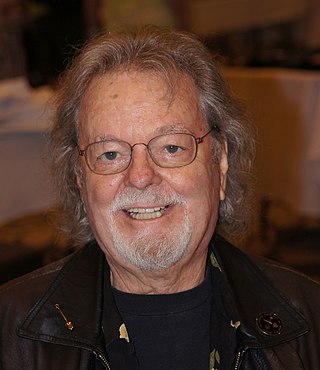
Russell Irving Tamblyn, also known as Rusty Tamblyn, is an American film and television actor and dancer.
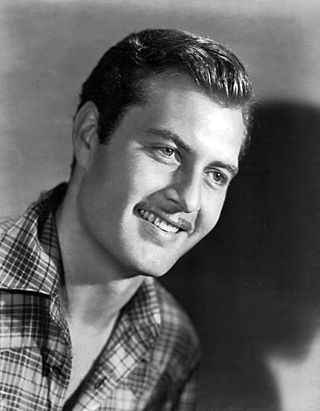
George Montgomery was an American actor, best known for his work in Western films and television. He was also a painter, director, producer, writer, sculptor, furniture craftsman, and stuntman. He was married to Dinah Shore and was engaged to Hedy Lamarr.

Village of the Damned is a 1960 British science fiction horror film by Anglo-German director Wolf Rilla. The film is adapted from the novel The Midwich Cuckoos (1957) by John Wyndham. The lead role of Professor Gordon Zellaby was played by George Sanders.

James Craig was an American actor. He is best known for appearances in films like Kitty Foyle (1940) and The Devil and Daniel Webster (1941), and his stint as a leading man at Metro-Goldwyn-Mayer in the 1940s where he appeared in films like The Human Comedy (1943).

The Last Hunt is a 1956 American Western film directed by Richard Brooks and starring Robert Taylor and Stewart Granger, with Lloyd Nolan, Debra Paget and Russ Tamblyn. It was produced by Dore Schary at Metro-Goldwyn-Mayer. The screenplay was by Richard Brooks from the novel The Last Hunt, by Milton Lott. The music score was by Daniele Amfitheatrof and the cinematography by Russell Harlan.

The Wonderful World of the Brothers Grimm is a 1962 American fantasy film directed by Henry Levin and George Pal. The latter was the producer and also in charge of the stop motion animation. The film was one of the highest-grossing films of 1962. It won one Oscar and was nominated for three additional Academy Awards. The cast included several prominent actors—including Laurence Harvey, Karlheinz Böhm, Jim Backus, Barbara Eden and Buddy Hackett.

Flying Tigers is a 1942 American black-and-white war film drama from Republic Pictures that was produced by Edmund Grainger, directed by David Miller, and stars John Wayne, John Carroll, and Anna Lee.
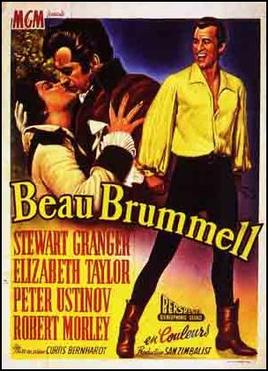
Beau Brummell is a 1954 British historical film released by Metro-Goldwyn-Mayer. It was directed by Curtis Bernhardt and produced by Sam Zimbalist from a screenplay by Karl Tunberg, based on the 1890 play Beau Brummell by Clyde Fitch. The play was previously adapted as a silent film made in 1924 and starring John Barrymore as Beau Brummell, Mary Astor, and Willard Louis as the Prince of Wales.
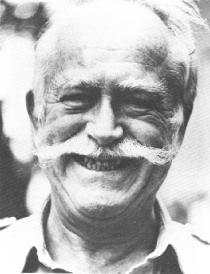
Albert Zugsmith was an American film producer, film director and screenwriter who specialized in low-budget exploitation films through the 1950s and 1960s.

High School Confidential is a 1958 American crime drama film directed by Jack Arnold, starring Mamie Van Doren, Russ Tamblyn, Jan Sterling, John Drew Barrymore, Jackie Coogan, Diane Jergens and Michael Landon.

The Girl Most Likely is a 1958 American musical comedy film about a young woman who becomes engaged to three men at the same time. The film, a remake of Tom, Dick and Harry (1941), was directed by Mitchell Leisen, and stars Jane Powell, Cliff Robertson, and Keith Andes. The choreography is by Gower Champion.

George Wells was an American screenwriter and producer, best known for making light comedies and musicals for MGM.

Escapade in Japan is a 1957 American family adventure film. It was directed by Arthur Lubin and starred Teresa Wright, Cameron Mitchell, Jon Provost and Roger Nakagawa.
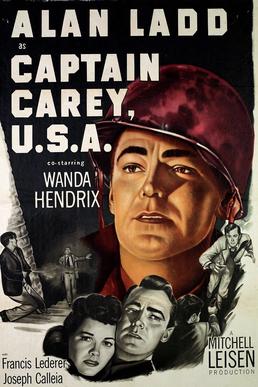
Captain Carey, U.S.A. is a 1949 American crime film noir directed by Mitchell Leisen and starring Alan Ladd and Wanda Hendrix. An American returns to post–World War II Italy to bring a traitor to justice.
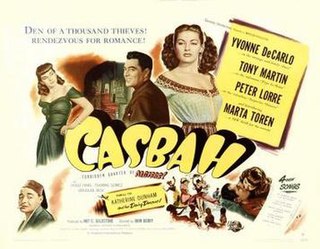
Casbah is a 1948 American film noir crime musical film directed by John Berry starring Yvonne De Carlo, Tony Martin, Peter Lorre, and Märta Torén. It was nominated for an Academy Award for Best Original Song for the song "For Every Man There's a Woman".

The King's Thief is a 1955 swashbuckling CinemaScope adventure film directed by Robert Z. Leonard, who replaced Hugo Fregonese during filming. Released on August 5, 1955, the film takes place in London at the time of Charles II and stars Ann Blyth, Edmund Purdom, David Niven, George Sanders and Roger Moore.

Follow the Boys is a 1963 American comedy film directed by Richard Thorpe and starring Connie Francis, Paula Prentiss, and Janis Paige, released by Metro-Goldwyn-Mayer. Shot on location on the French and Italian Riviera, Follow the Boys was MGM's second film vehicle for top recording artist Francis following Where the Boys Are (1960). While Francis' role in the earlier film had been somewhat secondary, she had a distinctly central role in Follow the Boys playing Bonnie Pulaski, a newlywed traveling the Riviera.

Suicide Battalion is a 1958 World War II film directed by Edward L. Cahn and starring Mike Connors and John Ashley, who made the film while on leave from the United States Army. In 1968, it was remade for television by Larry Buchanan as Hell Raiders, which was the film's original working title.
Earl Felton (1909–1972) was an American screenwriter.



















